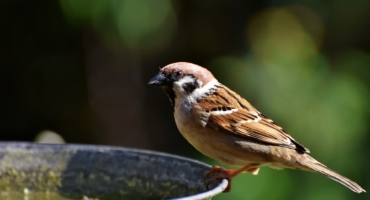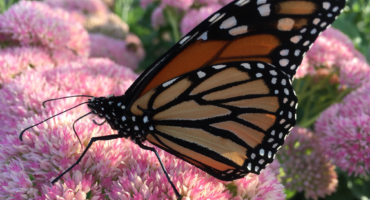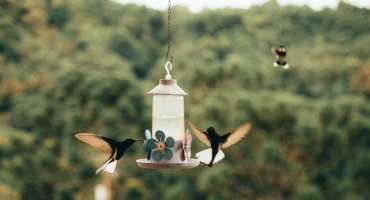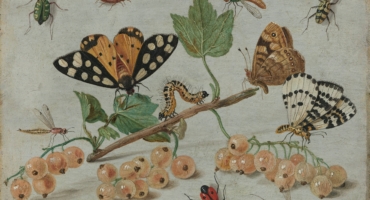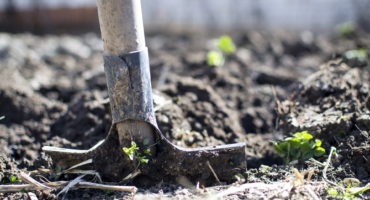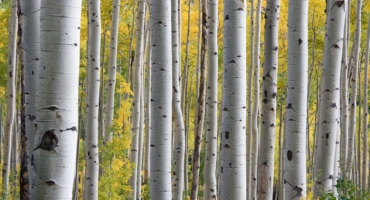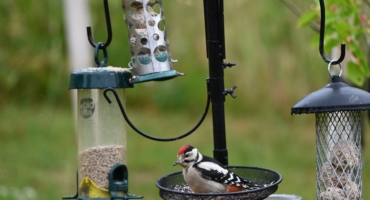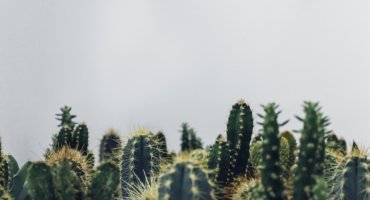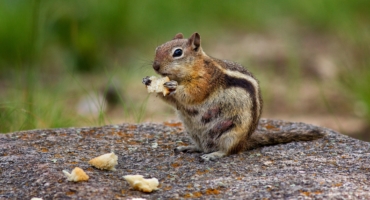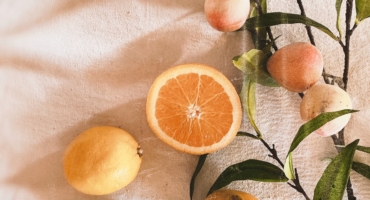Attracting Birds to Your Garden
Attracting birds to your garden can be a rewarding endeavor. Food/water, birdhouses and natural shelter help birds flourish and allow you to have a close, intimate view of a wide variety of species. Food One central element in attracting birds is a food source. There are a variety of feeders and seeds available today which […]
